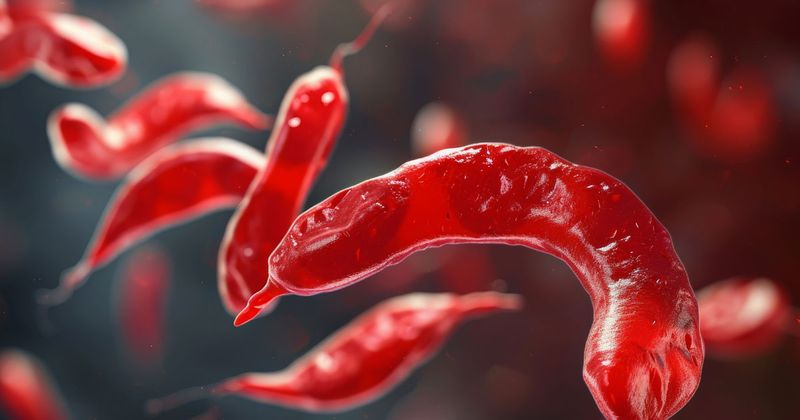World Sickle Cell Awareness Day: Gene therapy ‘transformative’
Today is World Sickle Cell Awareness Day.
The annual observance aims to increase knowledge about the genetic blood disorder, including the challenges it presents to patients, their families and care providers. Global Alliance of Sickle Cell Disease Organizations has established a theme of “Hope through progress: Advancing care globally,” for this year’s awareness day.

In conjunction with the observance, Healio provides the following eight news and research updates in sickle cell disease.
1. The FDA approved exagamglogene autotemcel (Casgevy, Vertex Pharmaceuticals) and lovotibeglogene autotemcel (Lyfgenia, Bluebird Bio) — the first two cell-based gene therapies for treatment of sickle cell disease. Read more.
2. An analysis of online conversations among health care professionals on social media revealed collective enthusiasm following approval of the first two gene therapies for treatment of sickle cell disease. Read more.
3. One-time treatment with lovotibeglogene autotemcel gene therapy conferred “transformative” benefit to patients with sickle cell disease, resulting in near-complete resolution of vaso-occlusive events for up to 18 months after treatment. Read more.
4. Many children with sickle cell anemia do not receive guideline-concordant preventive care to reduce their risks for serious infections or stroke. Read more.
5. Final data from a phase 3 trial showed exagamglogene autotemcel drastically reduced the number of vaso-occlusive crises in those with sickle cell disease. Read more.
6. About two-thirds of newborns with sickle cell disease in the United States are born to mothers who live in counties with high or very high levels of social vulnerability. Read more.
7. The 2016 CDC guidelines for prescribing opioids for chronic pain may have had unintended consequences for patients with sickle cell disease, as study results showed opioid prescriptions declined as pain-related hospitalizations rose. Read more.
8. Nearly three-quarters of individuals with sickle cell disease are not using disease-modifying therapies in their treatment. Despite an increase in use over the past decade after the approval of new therapies, study findings suggest clinicians have not prescribed them optimally. Read more.
